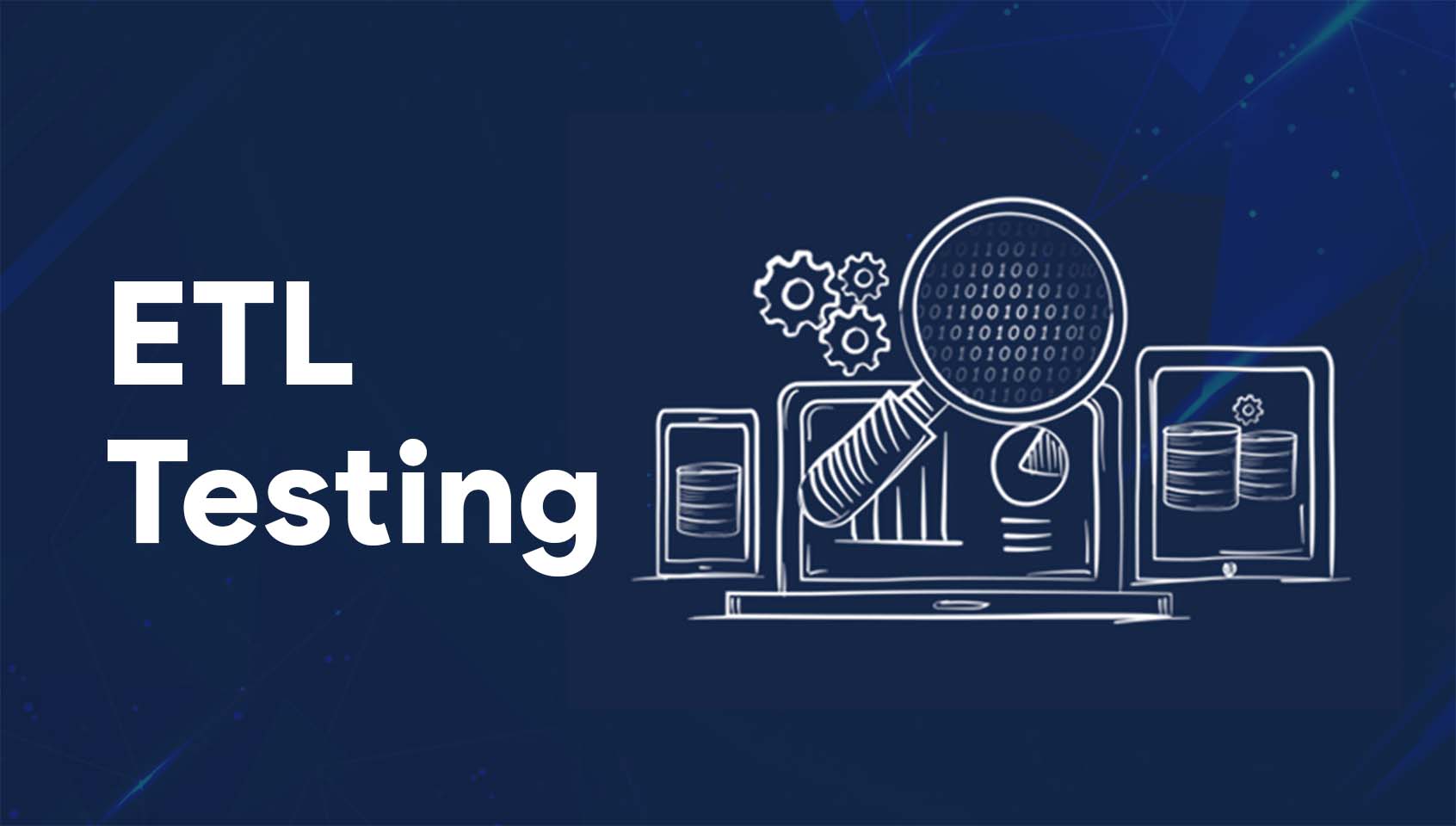ETL Testing
- Levithan Technologies
- ETL Testing

Introduction
ETL Testing
Extract/transform/load (ETL) is a data integration approach that pulls information from various sources, transforms it into defined formats and styles, then loads it into a database, a data warehouse, or some other destination.
ETL testing is a process that verifies that the data coming from source systems has been extracted completely, transferred correctly, and loaded in the appropriate format — effectively letting you know if you have high data quality. It will identify duplicate data or data loss and any missing or incorrect data.
An ETL testing process makes sure that data transfers happen with strict adherence to transformation rules and comply with validity checks. It is different than data reconciliation used in database testing in that ETL testing is applied to data warehouse systems and used to obtain relevant information for analytics and business intelligence.
When should you use ETL testing?
It is important to use ETL testing in the following situations:
- After loading data into a new data warehouse for the first time
- After adding a new data source to an existing data warehouse
- Anytime there are concerns with data quality or ETL process performance
ETL testing tools
Types of ETL testing tools we use while testing
- Graphical interface to simplify the design and development of ETL processes.
- Automatic code generation to speed development and reduce errors.
- Built-in data connectors that can access data stored in commonly used file formats, a database, a packaged application, or a legacy system.
- Content management facilities that enable context switching for ETL development, testing, and production environments.
- Sophisticated debugging tools that let you track data flows in real time and generate reports on row-by-row behavior.
